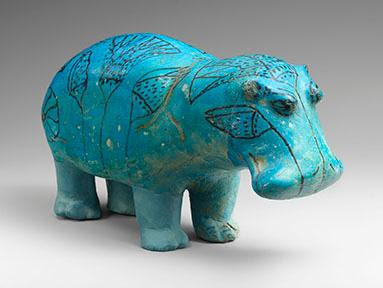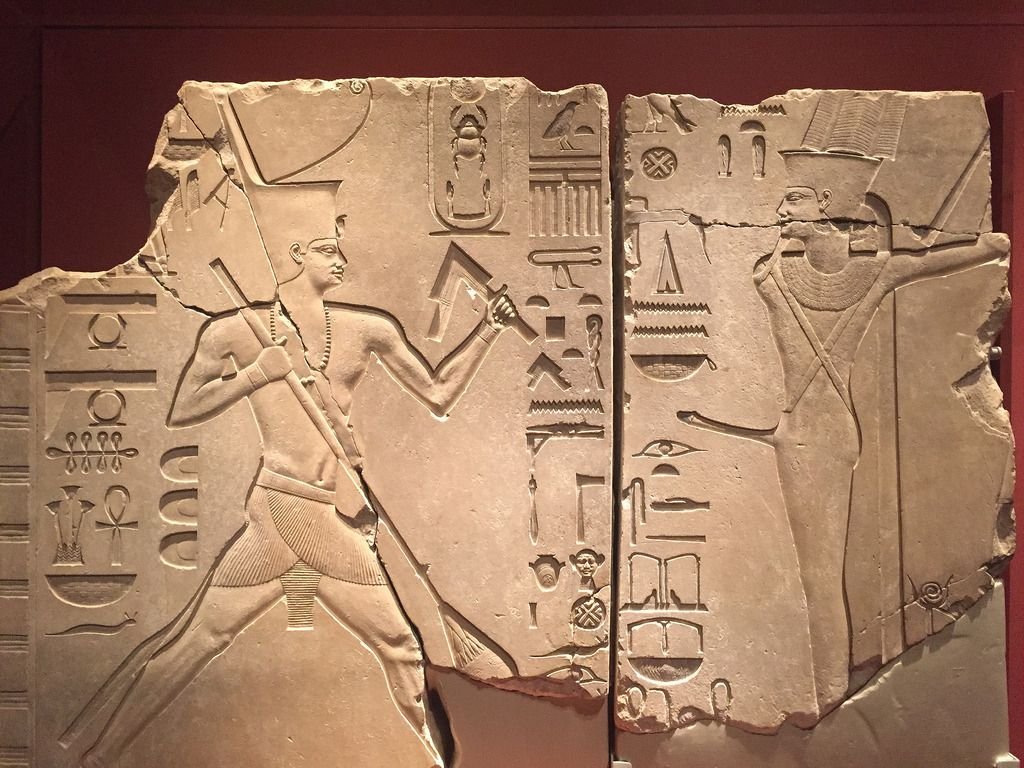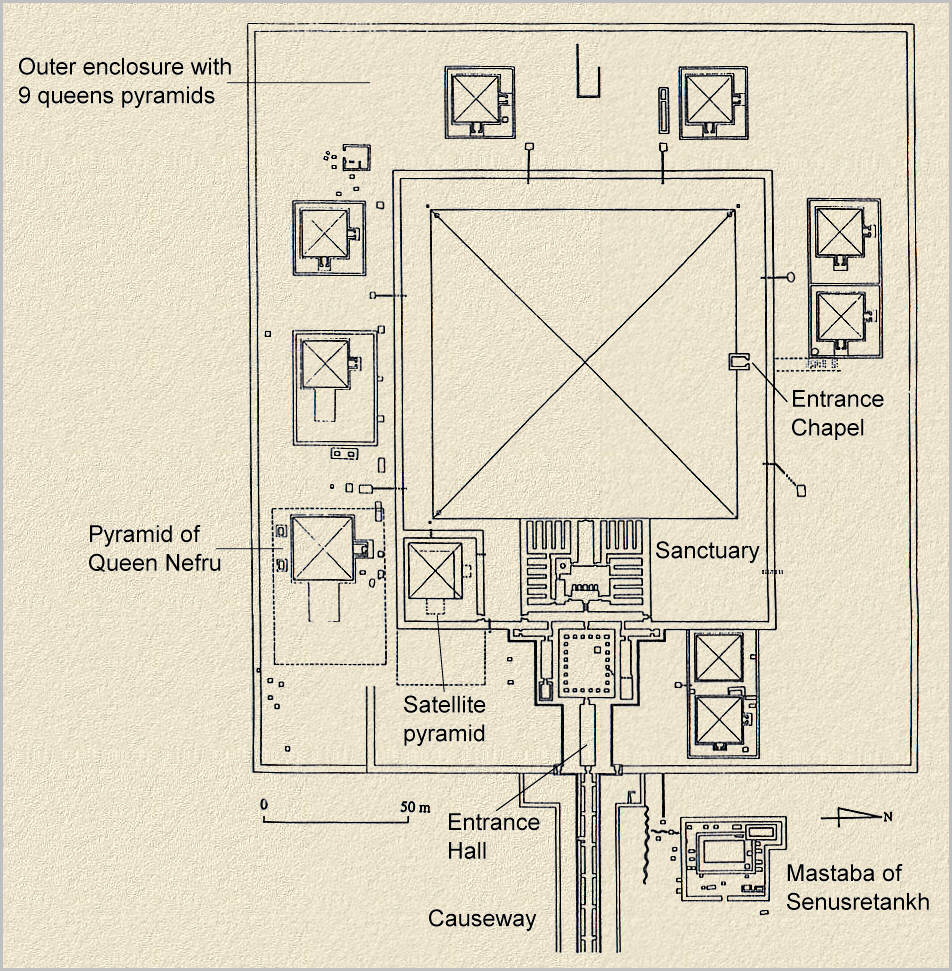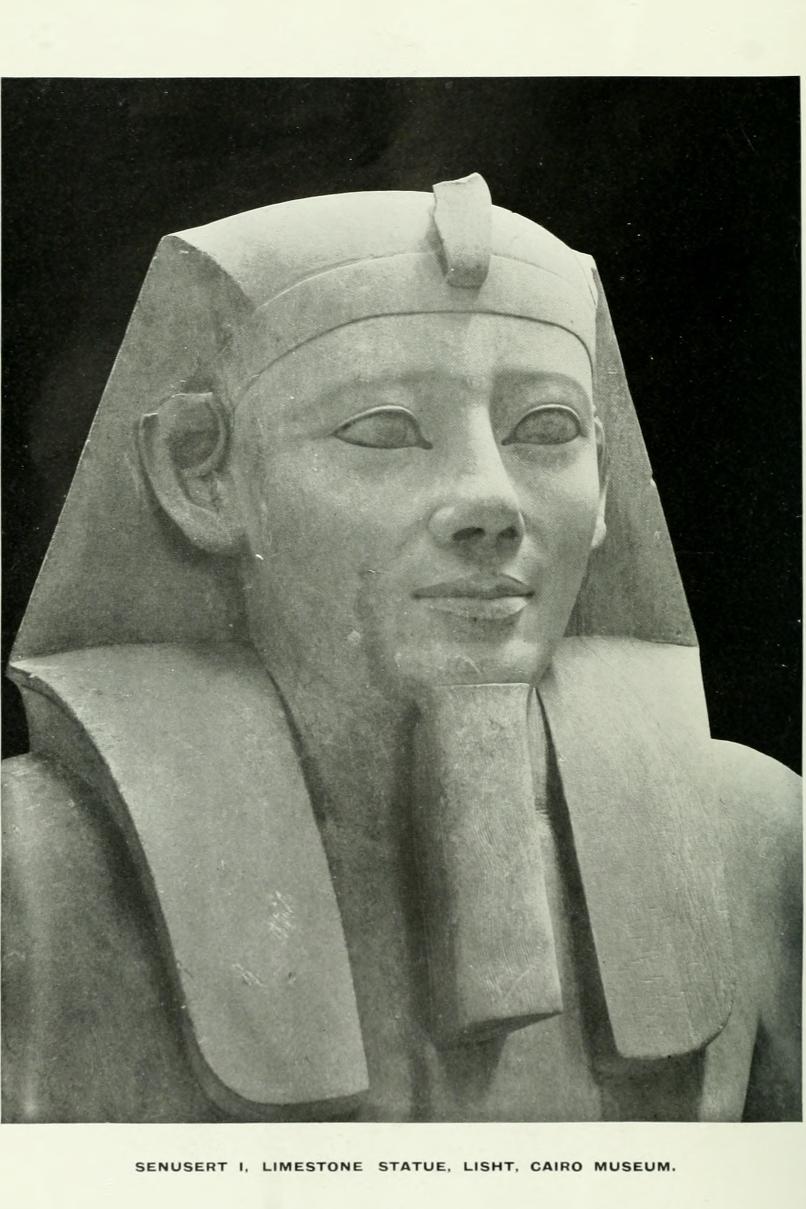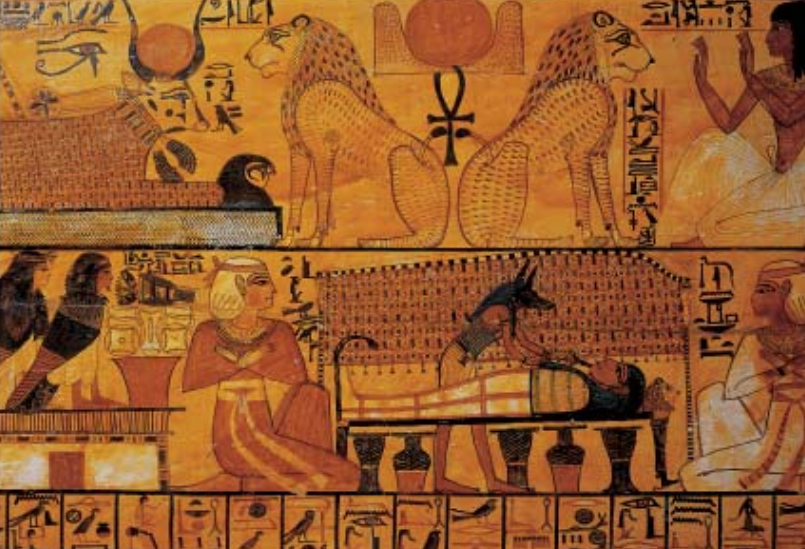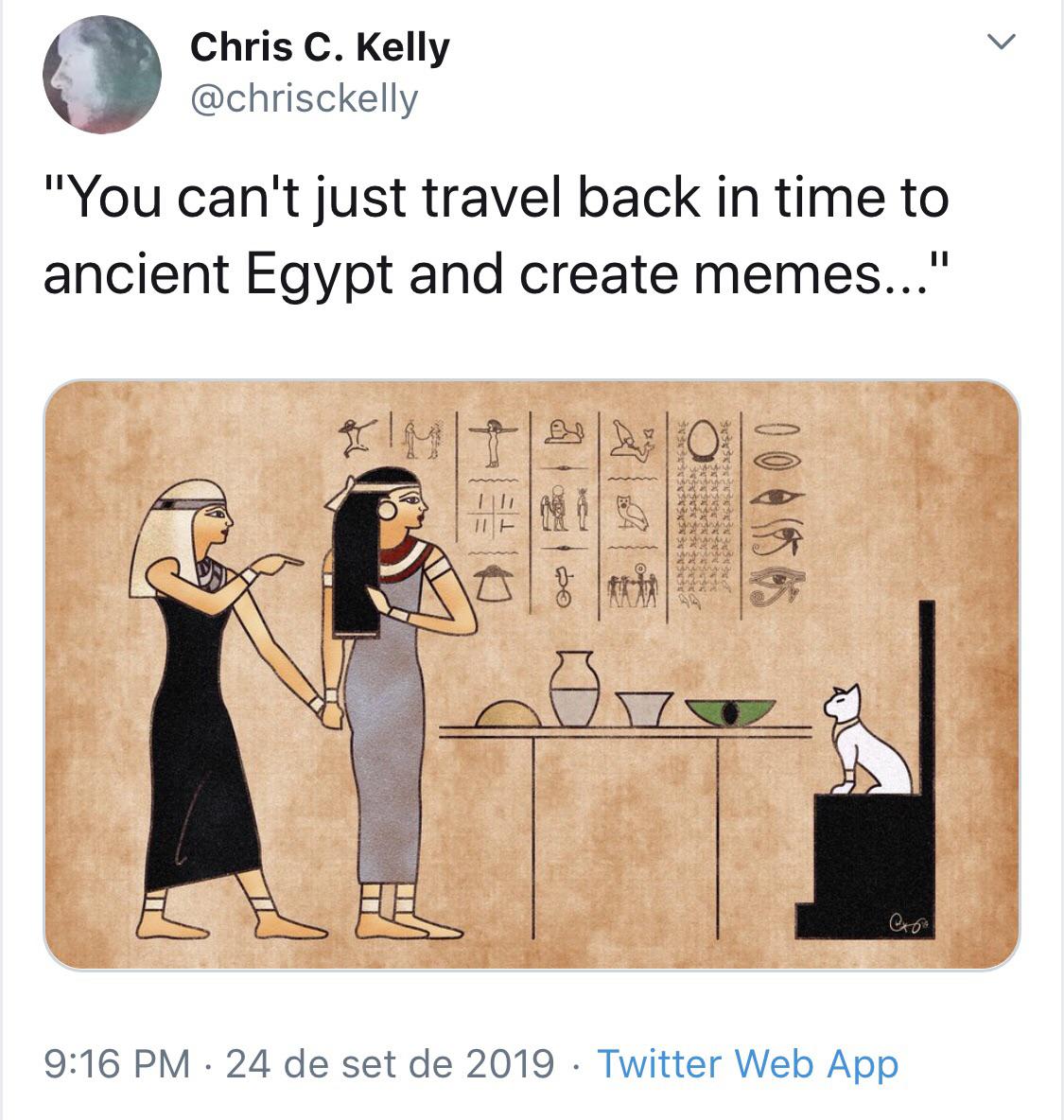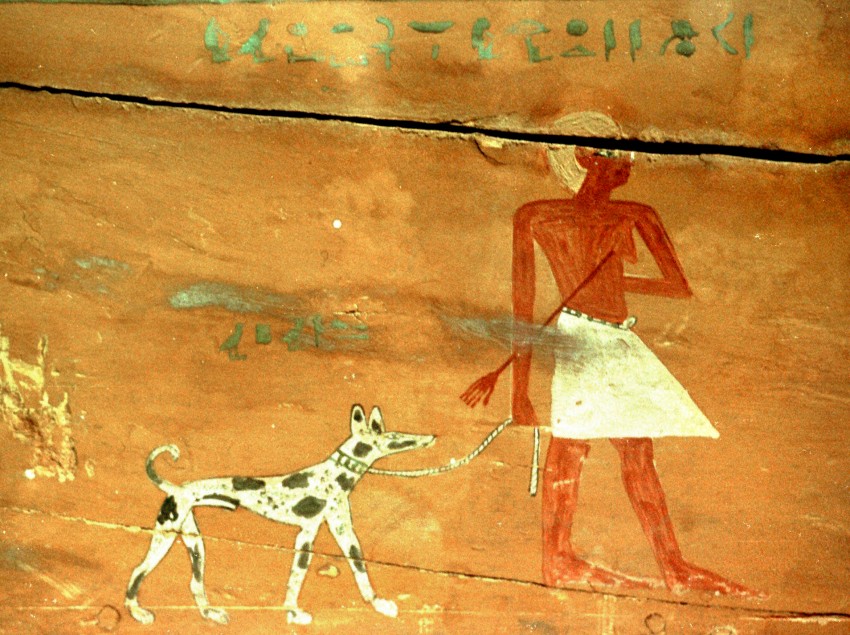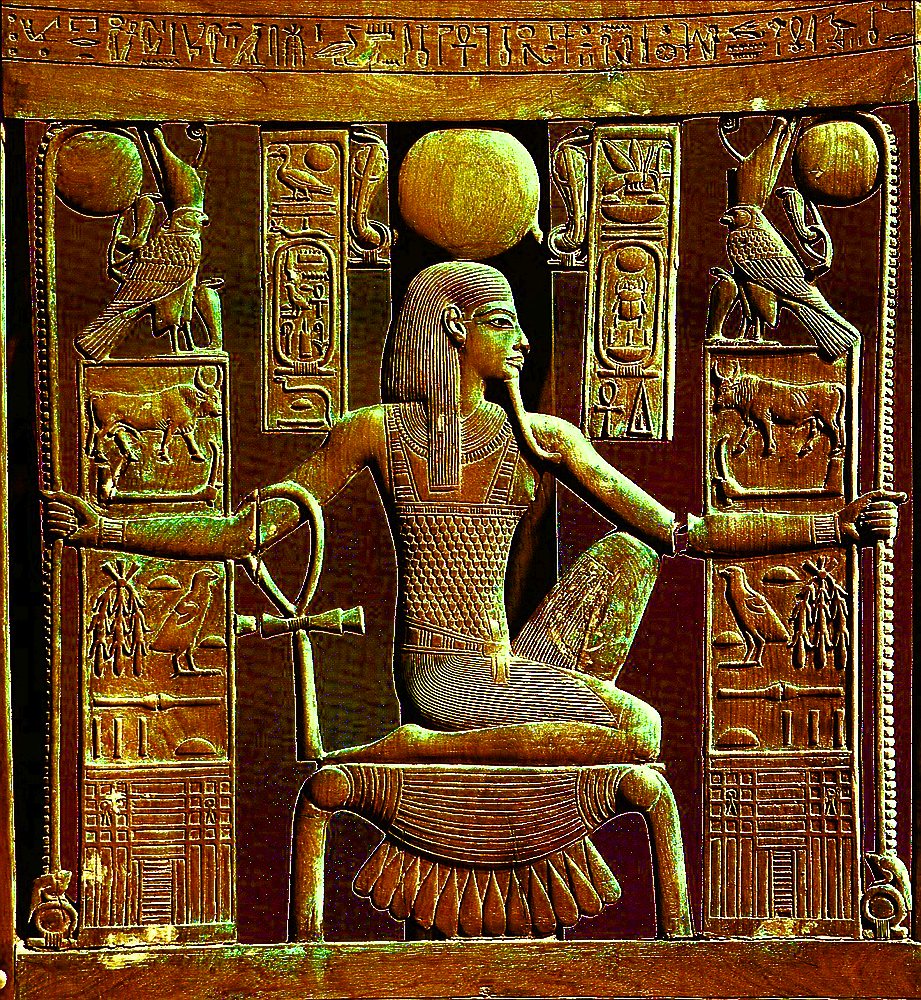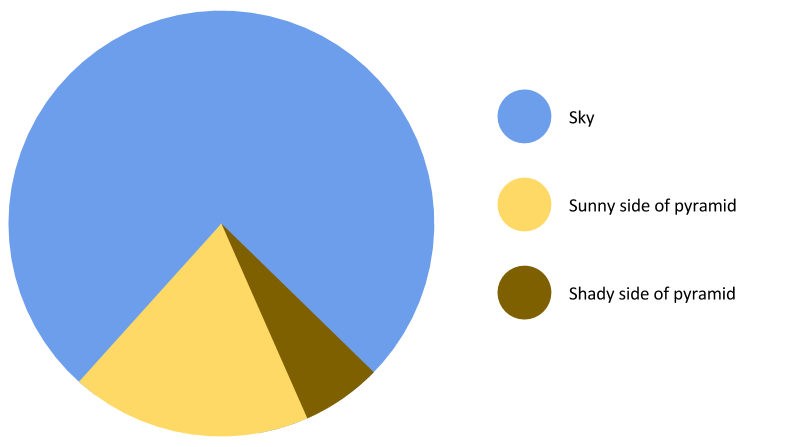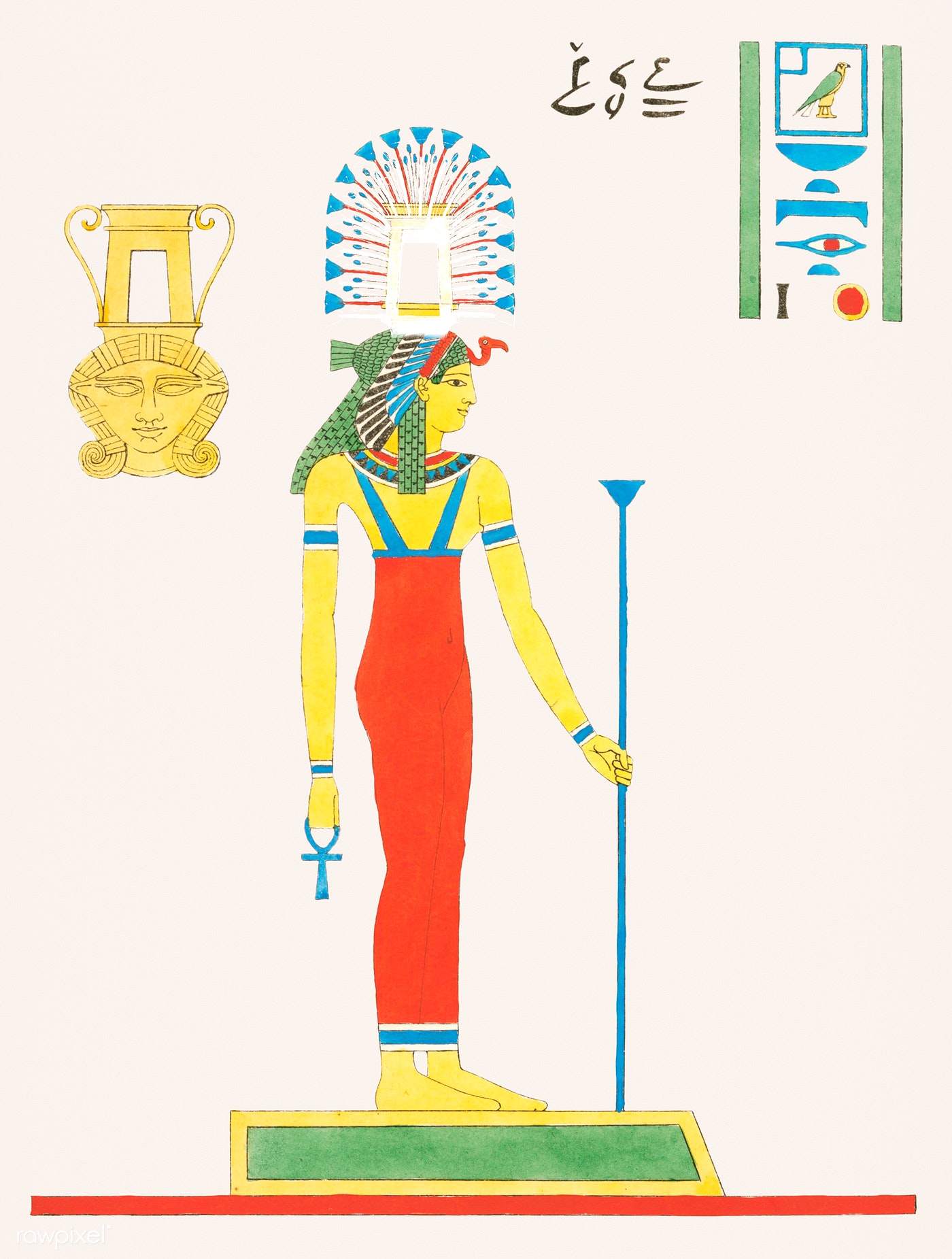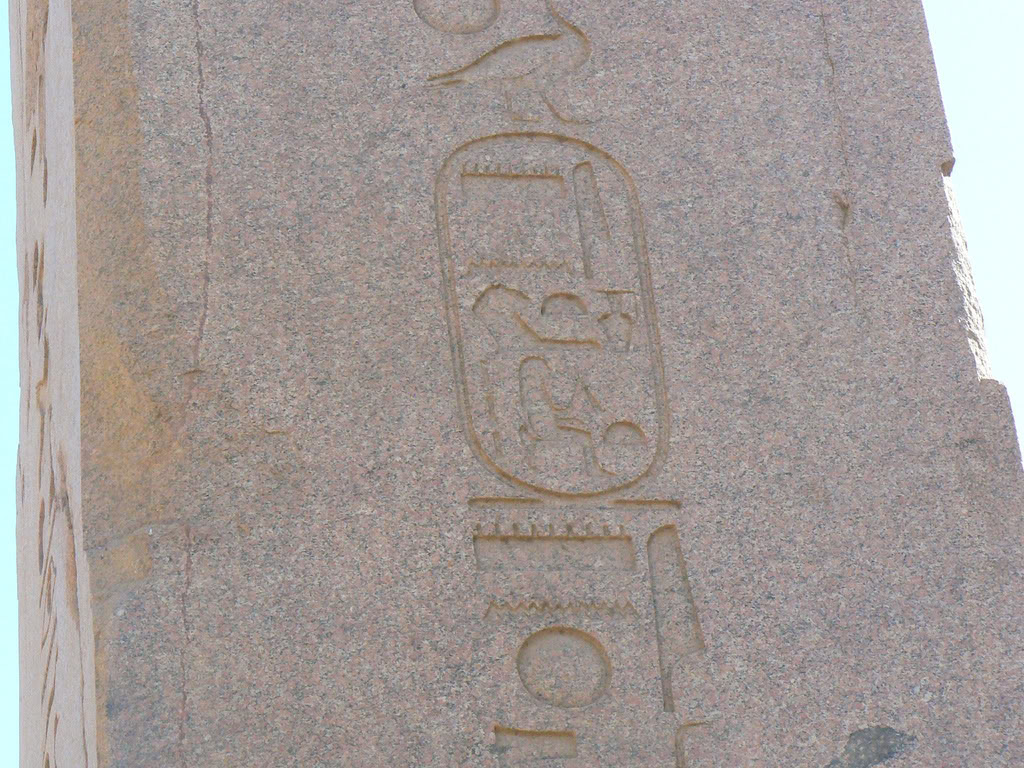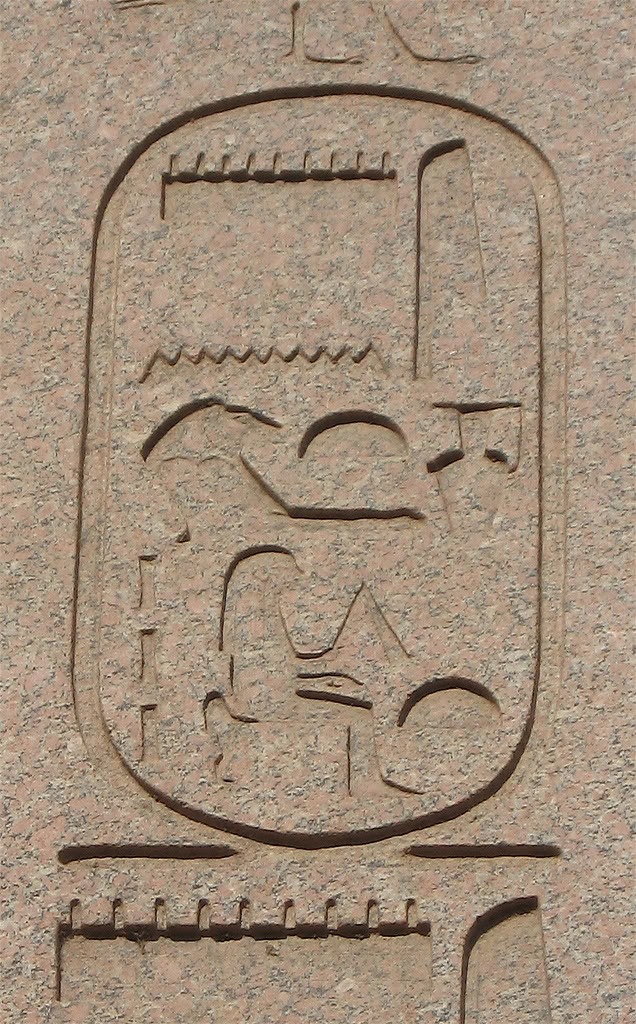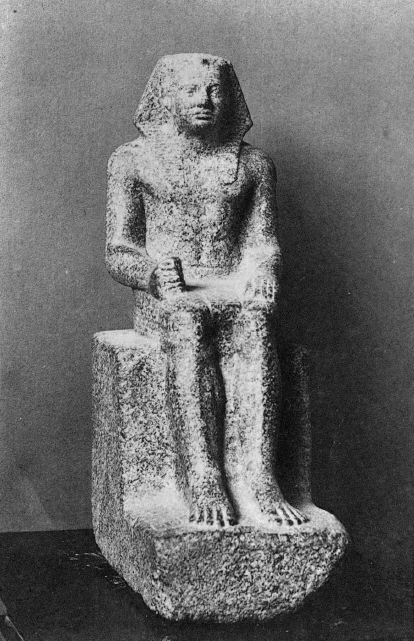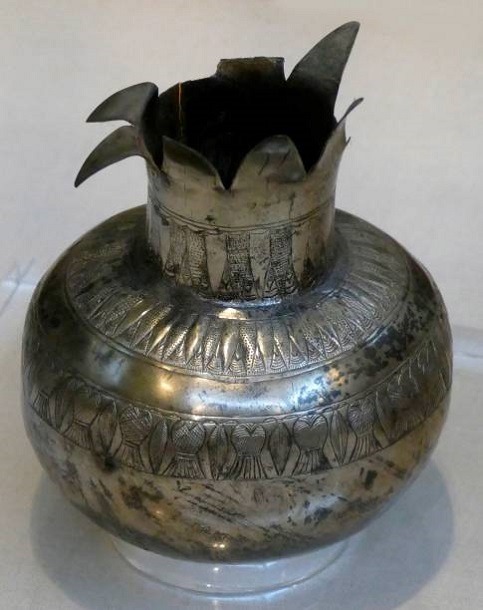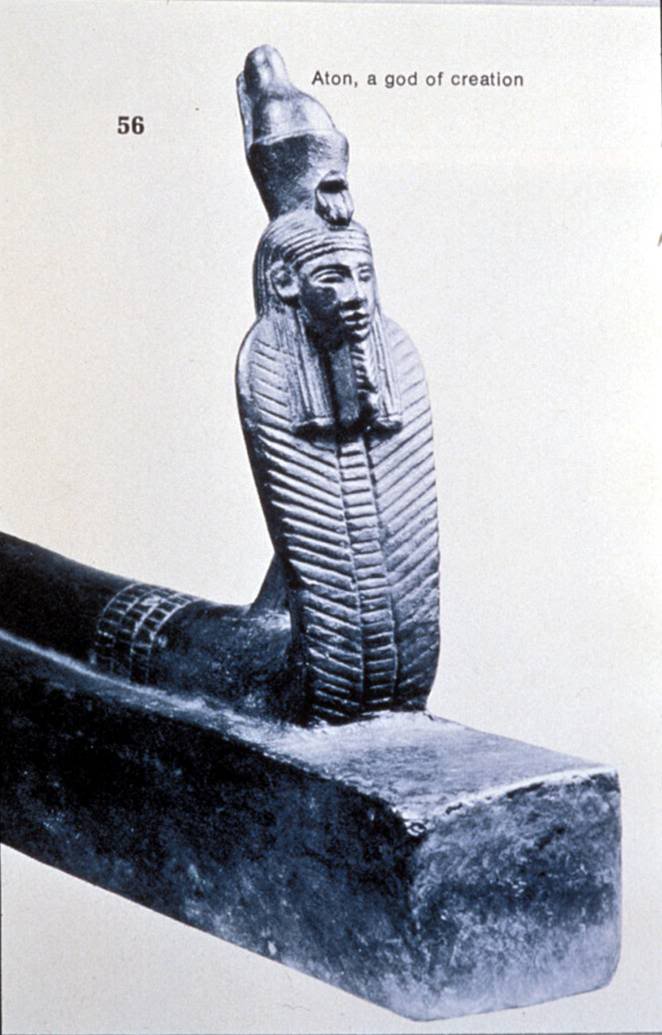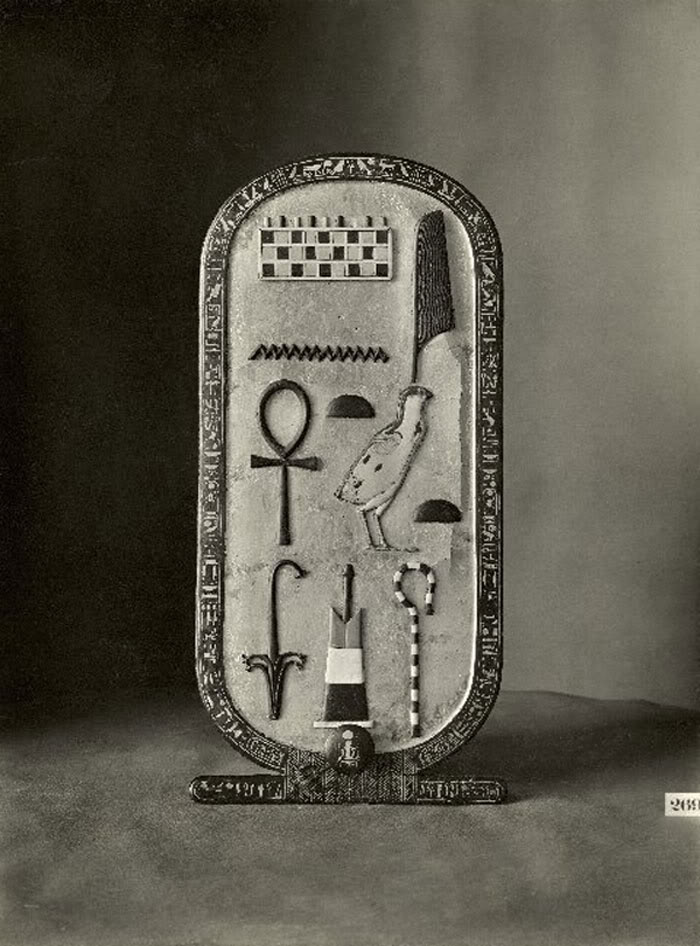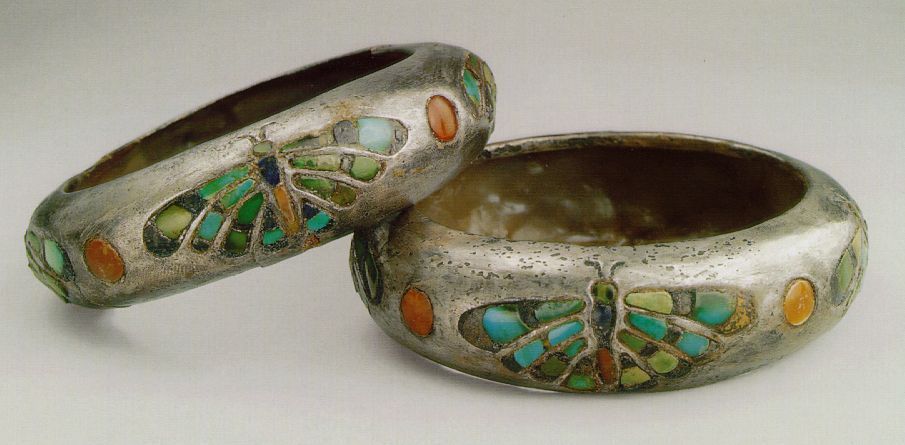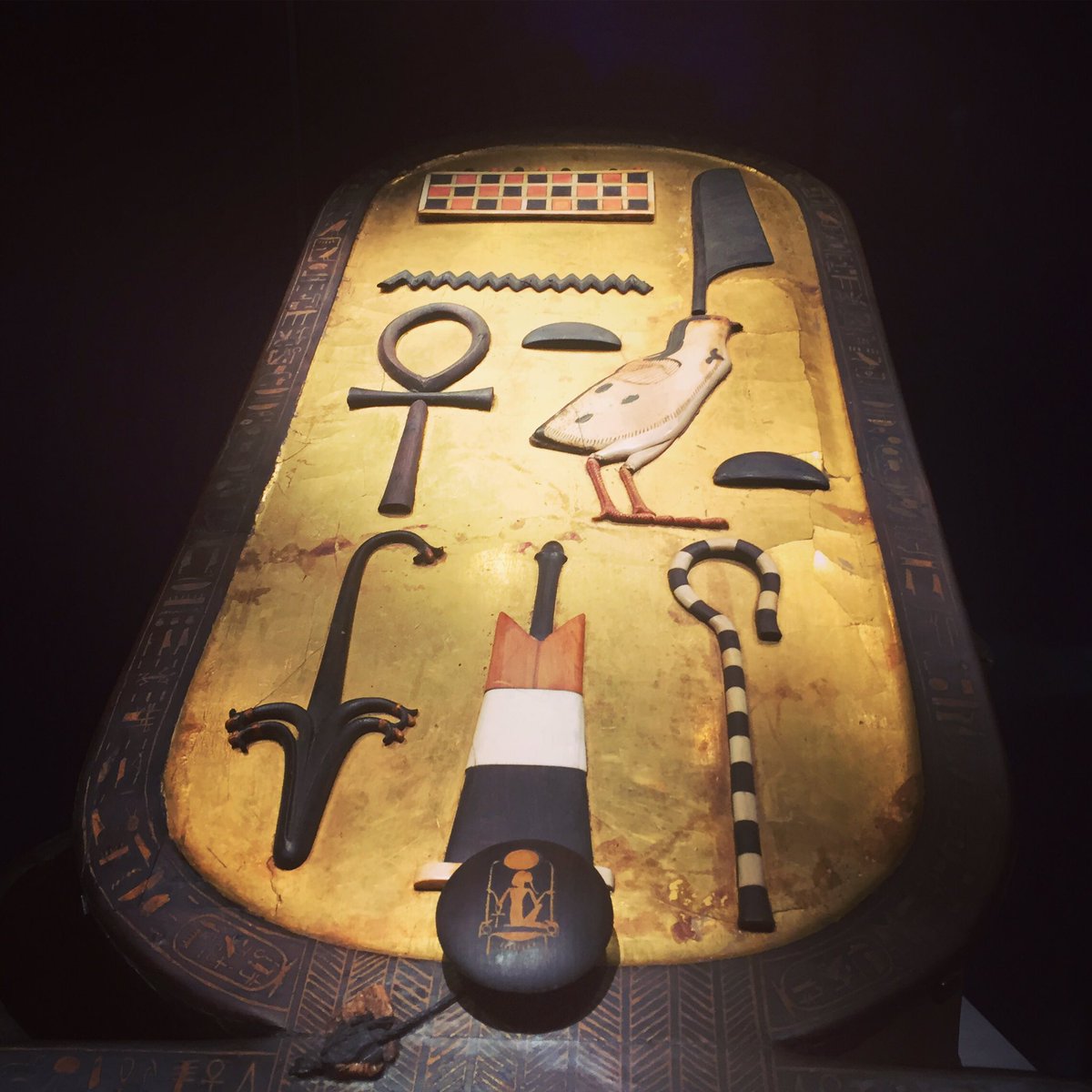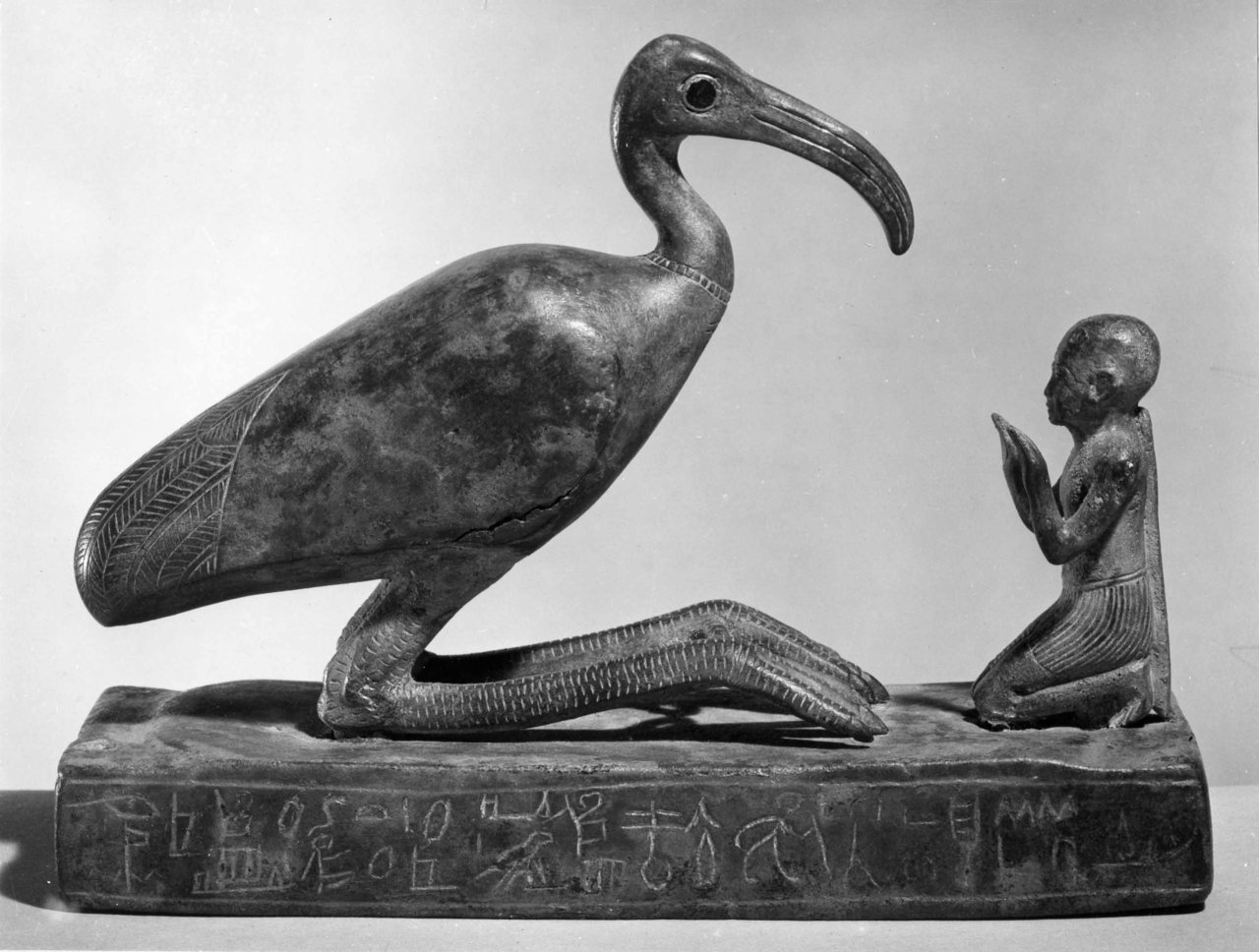
Group statue of Thoth-ibis and devotee on a base inscribed for Padihorsiese
Late Period - Dynasty 26 - ca. 700–500 B.C.E.
The elements of this group all appear to be ancient, and the arrangement is found in other statuettes, but it seems that this group itself was constituted secondarily in ancient or in modern times. Traces on the upper side of the base show it originally supported a striding ibis.
The offering formula on the base indicates that the original donation recorded on the base was made for the benefit of Padihorsiese through the agency of a servant of the ibis cult, a donation procedure only recorded in the 7th and 6th centuries B.C.E.
Translation:
Front: DHwtj aA-aA nb Xmn.w Di anx
Thoth, twice great, lord of Hermpolis who gives life
Side: wDA snb aHa.w qA jAw aA nfr n P’-Di-Hr.w-zA-As.t zA n P’-Di-Wsjr- Read More »

